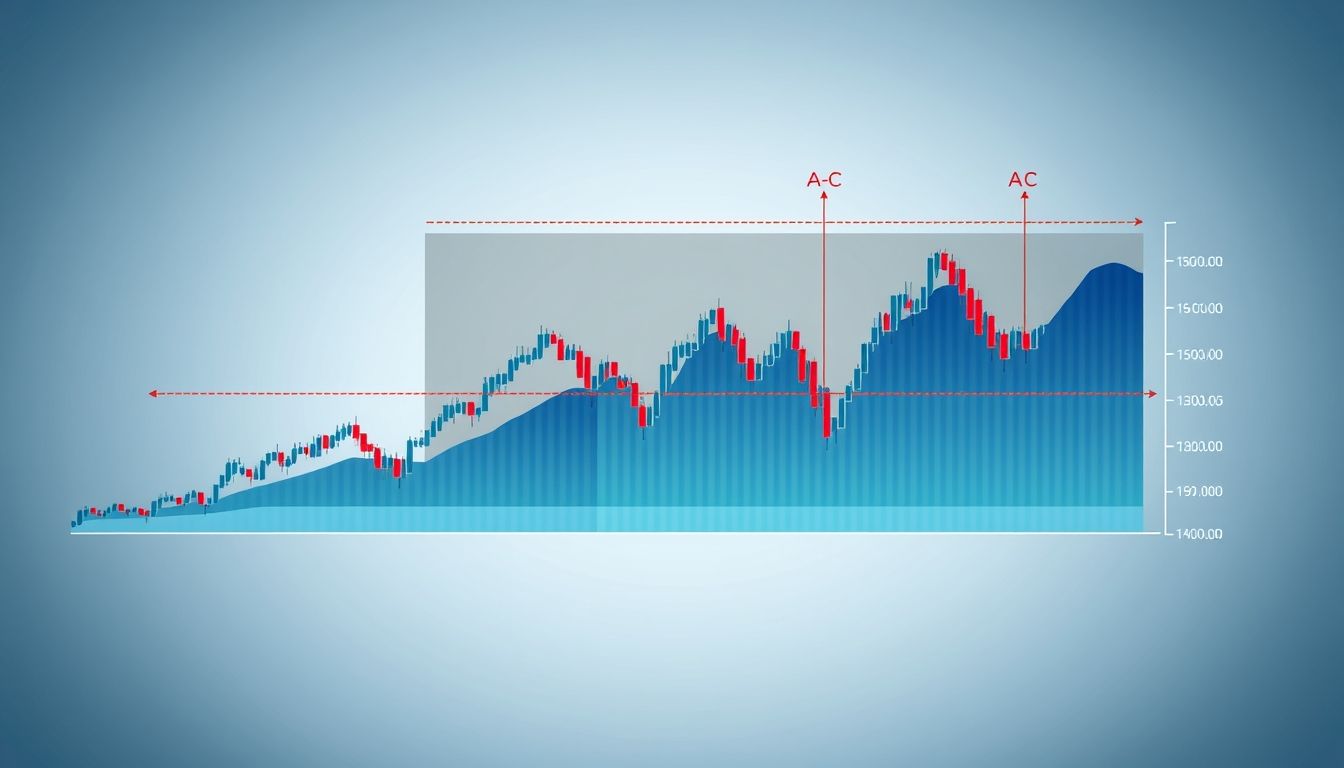Introduction to Scalping and Short-Term Trading
In the dynamic world of financial markets, traders are constantly seeking innovative ways to generate profits. Among these methods, scalping and short-term trading stand out as popular strategies aimed at capitalizing on small price movements within a very short timeframe. Both approaches require a deep understanding of the markets, quick decision-making, and rigorous risk management.
What is Scalping?
Scalping is a trading style that involves executing a large number of small trades throughout the day, with the goal of making very small profits from each trade. Scalpers rely on charts with very short timeframes (such as one-minute or five-minute) to identify rapid trading opportunities.
What is Short-Term Trading?
Short-term trading, also known as day trading, is a trading style in which trades are opened and closed within the same day. Short-term traders aim to profit from daily price fluctuations and often rely on technical analysis to identify potential entry and exit points.
Chapter 1: Essential Tools and Platforms for Scalping and Short-Term Trading
To succeed in scalping and short-term trading, it's crucial to have the right tools and platforms. These tools include:
- Fast and Reliable Trading Platform: The platform should be able to execute trades quickly and accurately, with minimal latency.
- Real-Time Market Data: Access to current price data is essential for making informed trading decisions.
- Technical Analysis Tools: These tools help traders identify potential trends and patterns in prices.
- Risk Management Tools: These tools help traders protect their capital from significant losses.
Example: MetaTrader 4 (MT4) is a popular platform among traders due to its powerful features and support for numerous technical indicators.
Chapter 2: Popular Scalping Strategies
Some popular scalping strategies include:
- Breakout Trading: This involves entering trades when the price breaks through a key support or resistance level.
- Reversal Trading: This involves entering trades when the price bounces off a key support or resistance level.
- News Trading: This involves entering trades based on significant economic news and events.
Example: A trader might use a breakout trading strategy to enter a buy trade if the price breaks above a key resistance level, anticipating that the price will continue to rise.
Chapter 3: Popular Short-Term Trading Strategies
Some popular short-term trading strategies include:
- Trend Trading: This involves identifying the prevailing trend in the market and entering trades that align with that trend.
- Range Trading: This involves identifying a trading range and entering buy trades at the lower end of the range and sell trades at the upper end of the range.
- Pattern Trading: This involves identifying common chart patterns (such as head and shoulders or triangles) and entering trades based on these patterns.
Example: A trader might use a trend trading strategy to enter buy trades if the market is in an uptrend.
Chapter 4: Risk Management in Scalping and Short-Term Trading
Risk management is crucial in scalping and short-term trading, as losses can be rapid and significant. Some risk management techniques include:
- Setting Stop-Loss Orders: Stop-loss orders define the maximum loss a trader is willing to tolerate on a particular trade.
- Position Sizing: Determining the appropriate position size helps control risk.
- Portfolio Diversification: Diversifying the portfolio can help reduce overall risk.
Statistic: According to a study by Barclays, approximately 70% of day traders lose money.
Chapter 5: Technical Analysis for Scalping and Short-Term Trading
Technical analysis is an essential tool for traders who practice scalping and short-term trading. Some popular technical indicators include:
- Moving Averages: Used to identify trends in prices.
- Relative Strength Index (RSI): Used to identify whether an asset is overbought or oversold.
- Moving Average Convergence Divergence (MACD): Used to identify changes in the strength of a trend.
Tip: Don't rely on just one indicator. Use a combination of indicators to confirm trading signals.
Chapter 6: Trading Psychology: Overcoming Emotions
Emotions can play a significant role in trading decisions. It's important for traders to be aware of their emotional biases and take steps to overcome them. Some tips for overcoming emotions in trading include:
- Developing a Trading Plan: A trading plan helps make rational decisions rather than emotional ones.
- Sticking to Trading Rules: Sticking to trading rules helps avoid making impulsive decisions.
- Managing Stress: Stress can affect trading decisions. It's important to find ways to manage stress.
Example: Avoid trading when you are tired or under significant pressure.
Chapter 7: Choosing the Right Assets for Scalping and Short-Term Trading
Not all assets are suitable for scalping and short-term trading. Traders should choose assets that have high liquidity and sufficient volatility. Some popular assets for scalping and short-term trading include:
- Foreign Exchange (Forex): The forex market is highly liquid and volatile, making it suitable for scalping and short-term trading.
- Stocks: Some stocks can be traded with significant volatility, providing opportunities for short-term traders.
- Commodities: Commodities such as oil and gold can also be traded with significant volatility.
Warning: Trading assets with high leverage can increase both profits and losses.
Chapter 8: Practical Examples of Scalping and Short-Term Trading Trades
Example 1: A scalper notices a breakout of a key resistance level in the EUR/USD currency pair. The trader enters a buy trade with the goal of making a small profit (a few pips) before closing the trade quickly.
Example 2: A day trader identifies an upward trend in Apple stock. The trader enters a buy trade at the beginning of the day and expects the price to continue to rise throughout the day. The trader closes the trade at the end of the day to realize the profit.
Chapter 9: Technology and Innovation in Scalping and Short-Term Trading
Technology is constantly evolving, providing traders with new and innovative tools. Some technological advancements that are impacting scalping and short-term trading include:
- Algorithmic Trading: Algorithmic trading uses computer programs to automatically execute trades based on pre-defined rules.
- Artificial Intelligence (AI): AI can be used to analyze market data and identify potential trading opportunities.
- 5G Networks: 5G networks provide faster internet speeds, reducing latency in trade execution.
Note: Using technology can give traders a competitive edge, but it's important to understand the risks associated with these technologies.
Chapter 10: Conclusion: Are Scalping and Short-Term Trading Right for You?
Scalping and short-term trading are advanced strategies that require a deep understanding of financial markets, quick decision-making, and rigorous risk management. They are not suitable for everyone. Before engaging in scalping or short-term trading, it's important to assess your risk tolerance, investment goals, and available time. If you are willing to put in the necessary effort and time, scalping and short-term trading can be a profitable way to generate profits in the financial markets.
Disclaimer: This article is for educational and informational purposes only and should not be considered investment advice.



